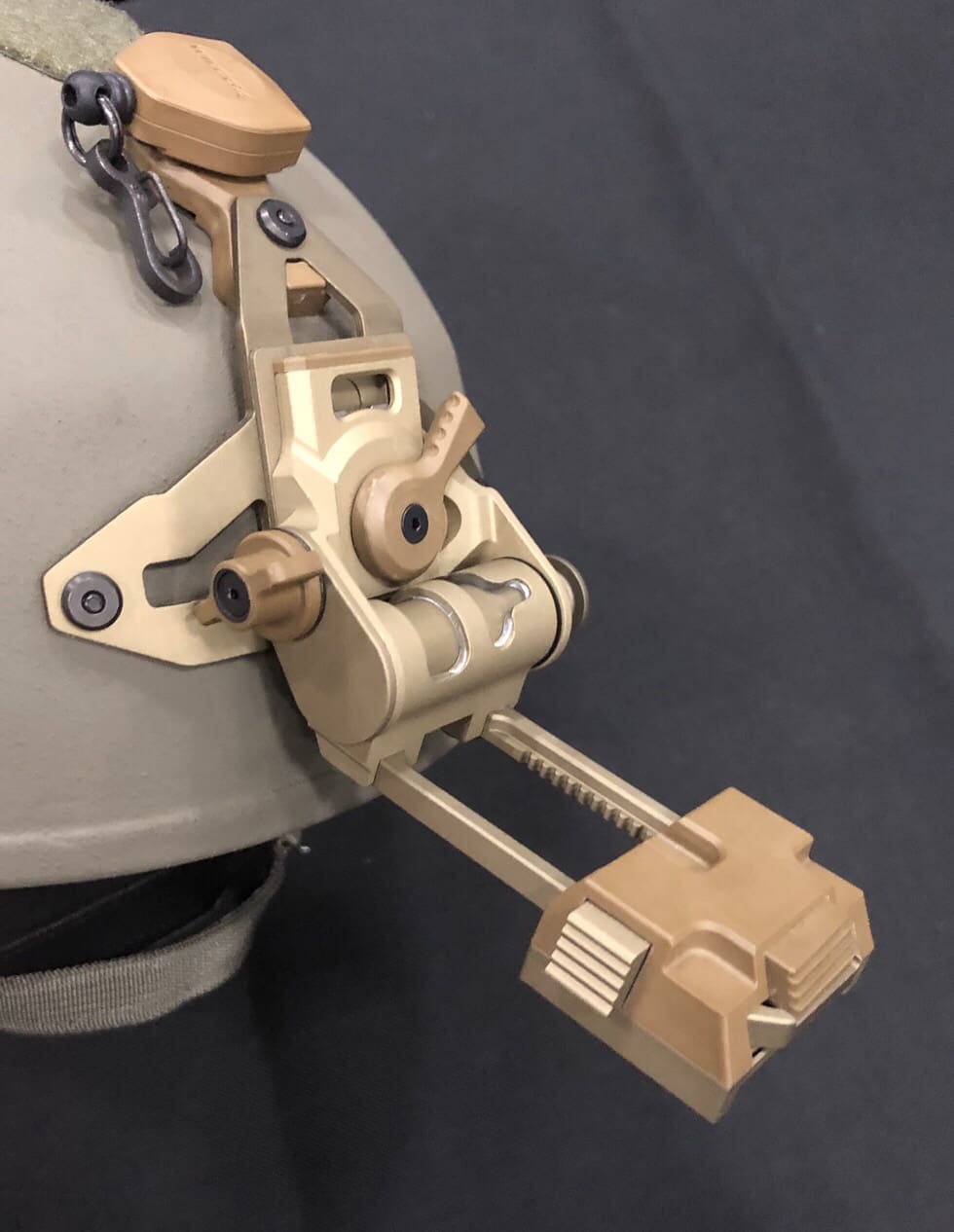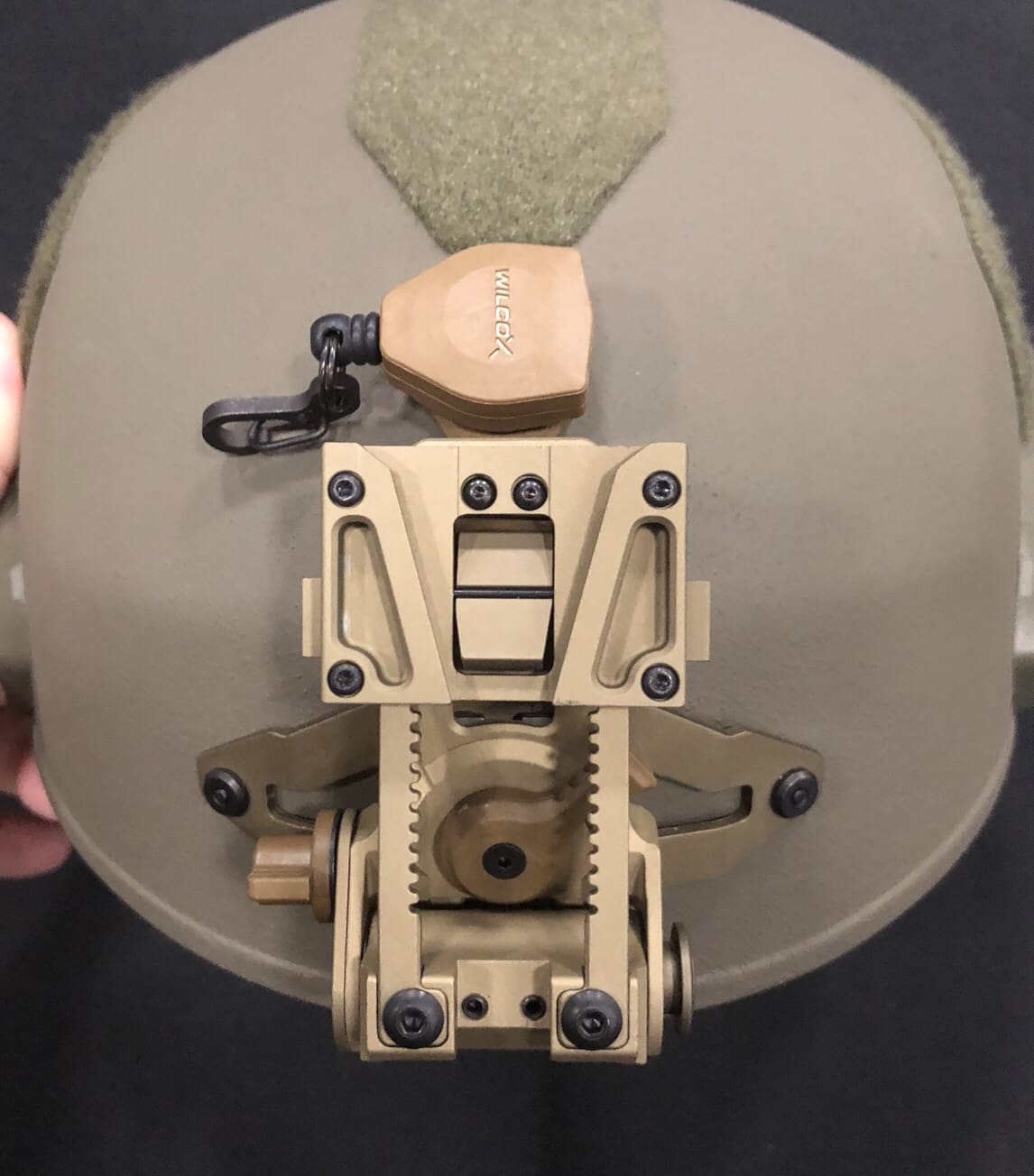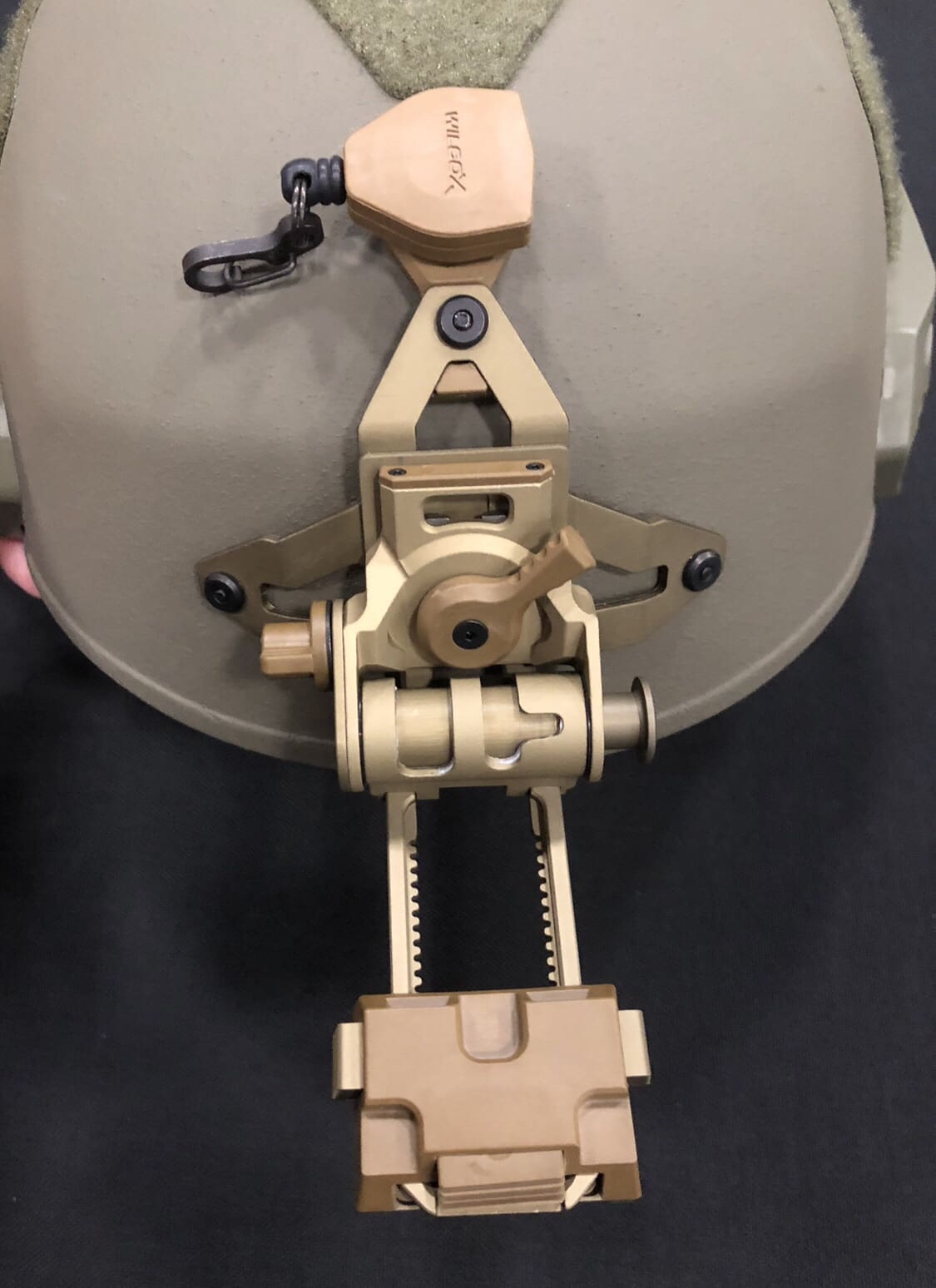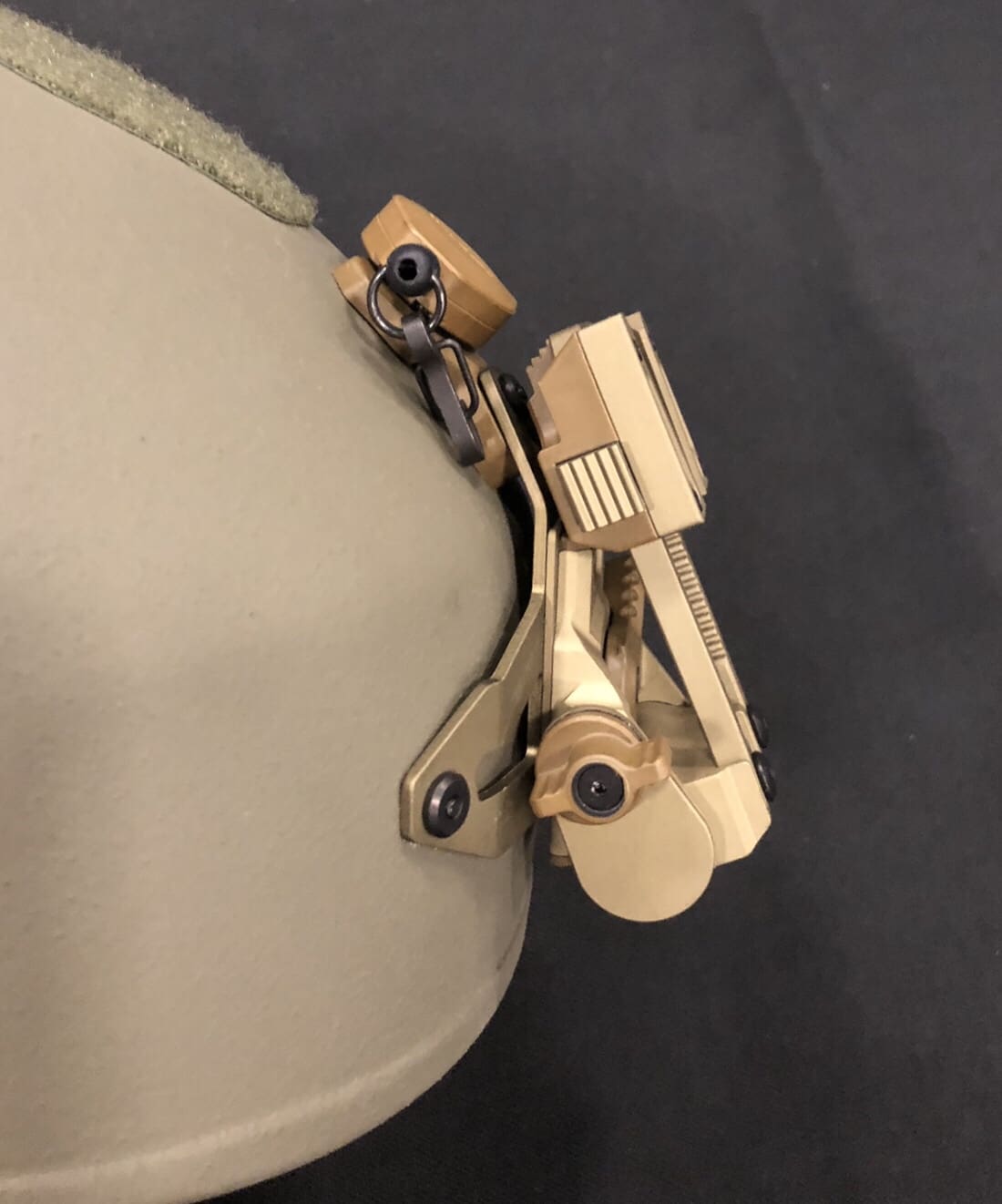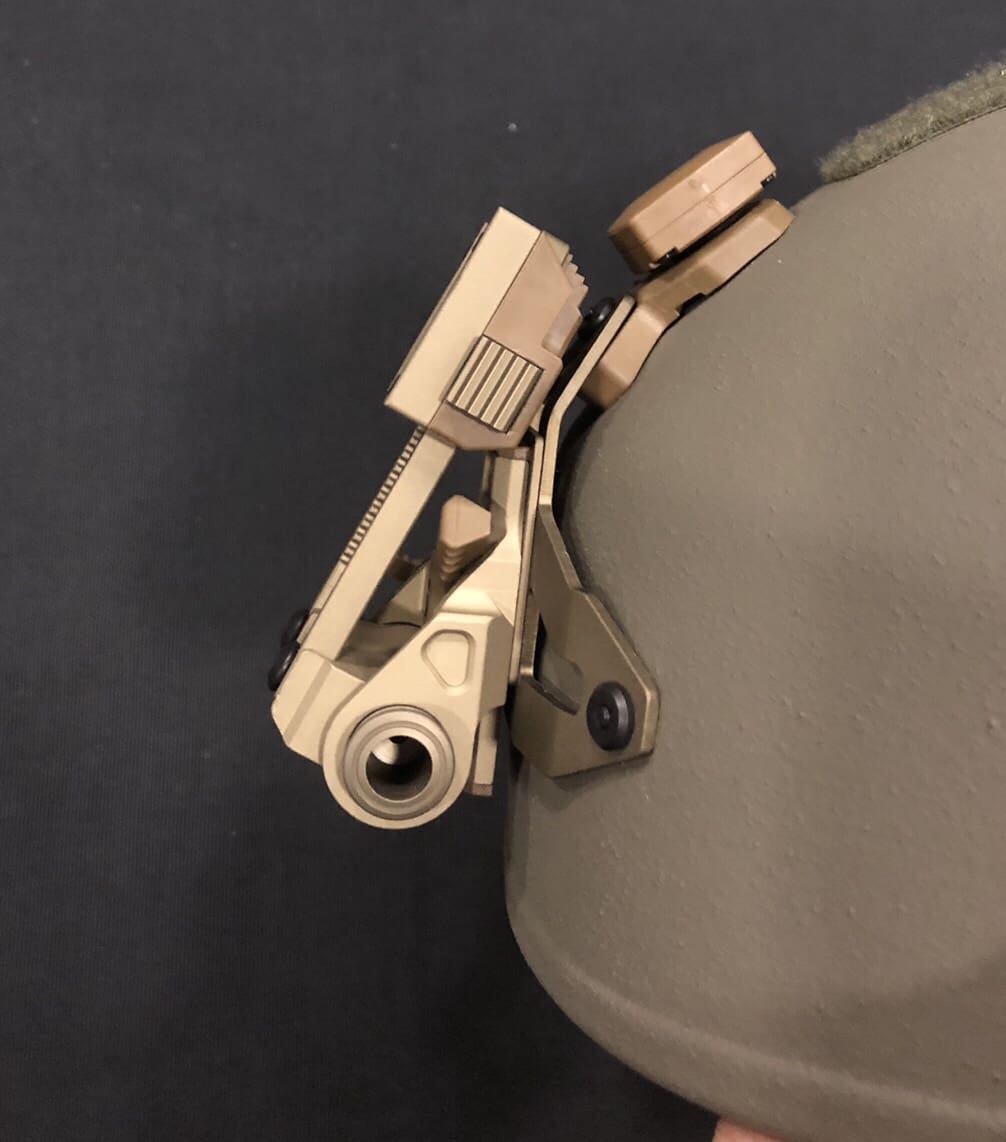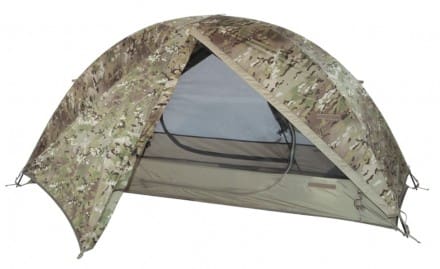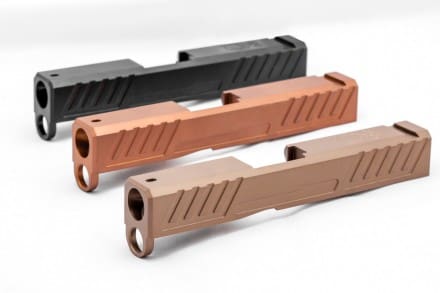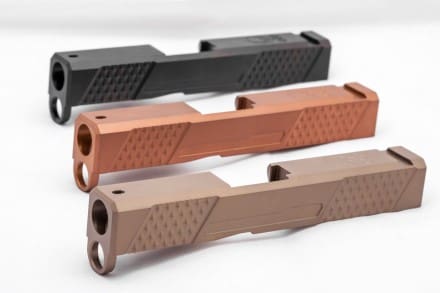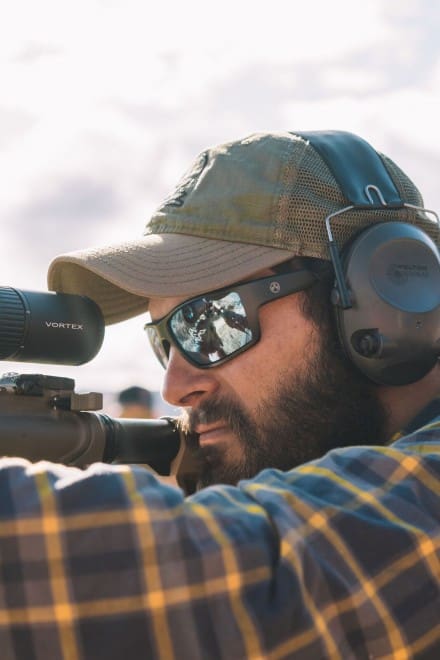NATICK, MA — The Army is closer to getting ice to Soldiers on the battlefield after recent field evaluations proved the Containerized Ice Making System, or CIMS, can successfully generate and bag 3,600 pounds of potable ice per day and keep 1,200 pounds of that in cold storage for future use.
The CIMS’ capacity to produce on-demand ice meets the field feeding, medical, and mortuary affairs needs of Soldiers fighting down range.
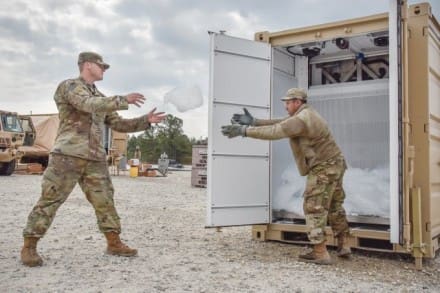
Soldiers from the 3rd Expeditionary Support Command, part of the XVIII Airborne Corps’ combat service support element, pass bags of ice from the Containerized Ice Making System, or CIMS, during a training exercise held at Fort Brag in April 2018. The CIMS was developed by the Product Manager — Force Sustainment Systems, and can successfully generate and bag 3,600 pounds of potable ice per day and keep 1,200 pounds in cold storage for future use. The CIMS’ capacity to produce on-demand ice meets the field feeding, medical, and mortuary affairs needs of Soldiers fighting down range. (Photo Credit: Mr. Jeffrey Sisto (RDECOM))
“Ice is a valuable commodity on the battlefield,” said Will Feather, a mechanical engineer with Product Manager — Force Sustainment Systems’ Food Service Equipment Team, or PM-FSS FSET, and CIMS lead project officer.
“There is a cost and security benefit to the government if we can create an organic ice making capability that will enhance the Soldier’s day-to-day life by providing all the other support that ice creates, including cold drinks, medical applications, mortuary affairs uses, and increased morale.”
The CIMS is a TriCon-sized ISO container that produces ice on demand when provided the required power and water from a potable source. The ice is then bagged in 10 pound bags, heat-sealed, then moved to an internal holding location that can support 1200 pounds of stacked ice bags.
It can be opened on three sides and features a floor and walls that are fully insulated to minimize the heat transfer through the unit. The storage location features an integrated platform capable of monitoring the location of ice bags in order to intelligently and efficiently pack and store them.
The CIMS features three operating modes: Ice Production, Cooling, and Sanitation — which are selected from a digital menu displayed on a control panel mounted to an exterior wall of the TriCon.
The respective modes give users the choice to either produce approximately 150 pounds of ice per hour, simply store previously produced ice, or purge all the water from the system to prepare it for cleaning, maintenance, or cold storage.
The system can also monitor ice production rates as well as ice storage temperature data.
Originally developed by PM-FSS’ FSET to meet the requirements of the Force Provider Expeditionary (FPE) Capability Production Document (CPD), the CIMS provides an organic ice-making capability that will save the Army significant costs by producing ice for units directly on site rather than shipping it into theater, resulting in reduced logistical support requirements while saving on waste, fuel, and resources.
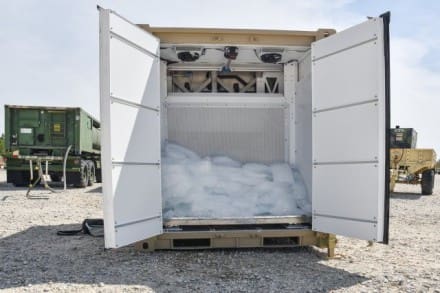
The Containerized Ice Making System, or CIMS, was developed by the Product Manager — Force Sustainment Systems, and can successfully generate and bag 3,600 pounds of potable ice per day and keep 1,200 pounds in cold storage for future use. The CIMS’ capacity to produce on-demand ice meets the field feeding, medical, and mortuary affairs needs of Soldiers fighting down range. Two third generation prototype CIMS units were brought in to support the XVIII Airborne Corps’ 3rd Expeditionary Support Command during a training exercise held at Fort Brag in April 2018. (Photo Credit: Mr. Jeffrey Sisto (RDECOM))
Since 2016, the FSET has been working to test and enhance its functional capabilities with CIMS developer, Rocky Research, through a congressionally funded contract.
“Incorporating the CIMS into a unit’s combat support services would drastically reduce the need for resupply missions and the inherent risk to Soldiers transporting ice via vehicle convoys in support of ground combat operations,” said Feather.
At a spring warfighter training exercise held at Ft. Bragg with the XVIII Airborne Corps, two CIMS units were brought into the basecamp for Soldiers to have ice on demand, allowing their functionality and performance to be tested and analyzed in field conditions.
“XVIII Airborne Corps’ combat service support element, the 3rd Expeditionary Support Command, approached us to ask for the CIMS to support their WFX training mission and we were able to make it happen,” said Feather.
The WFX provided an opportunity for the FSET and partner organizations to view it in operation and observe its technical performance. This allowed the engineers to identify areas that required adjustments and optimization. Some identified areas included improving airflow in the storage compartment, and optimizing the heat sealing of the bagging system.
The exercise also raised important questions for combat support decision makers, such as, ‘who would be responsible for it, and how would it get to the battlefield?’
Fortunately, the CIMS is easily transported by military or commercial equipment, including flatbed truck, railway car, ship, forklift, or any other equipment capable of transporting an ISO container. It has been designed for downloading and uploading with the Force Provider ATLAS forklift, and can be easily deployed and operated where power and water sources are available.
The CIMS’ refrigeration unit is easily maintainable and utilizes low-loss, quick-disconnect refrigeration tubing for the ability to repair without brazing. Additionally, it is designed to be operated by non-Military Occupational Specialty (MOS) specific, or 92G, users.
“Through the combined efforts of our partners from Combat Support/Combat Service Support (CS-CSS), the Combined Arms Support Command (CASCOM), the Army Test and Evaluation Command (ATEC), the Natick Soldier Research Development and Engineering Center (NSRDEC), the Public Health Command, and Rocky Research, we’ve been able to successfully develop, test, and refine the capabilities of the CIMS,” said Feather.
The next step is to continue MIL-STD 810G representative testing of the third generation prototype, while developing an initial logistics package to include writing the technical and user maintenance manuals.
The continued testing will result in a Production Decision by ATEC in 2019, according to Feather.
“It’s our job to get ice to Soldiers in the most efficient way, and the CIMS design and capabilities are meeting the requirements to do that.”
At the publication of this article, Mr. William Feather has shifted to support the Ultra-Lightweight Camouflage Net System (ULCANS) program. Mr. Jorge Lopez-Jiminian is the current project lead for the CIMS.
By Mr Jeffrey Sisto, writing for PM-FSS and shared by Army News Service


